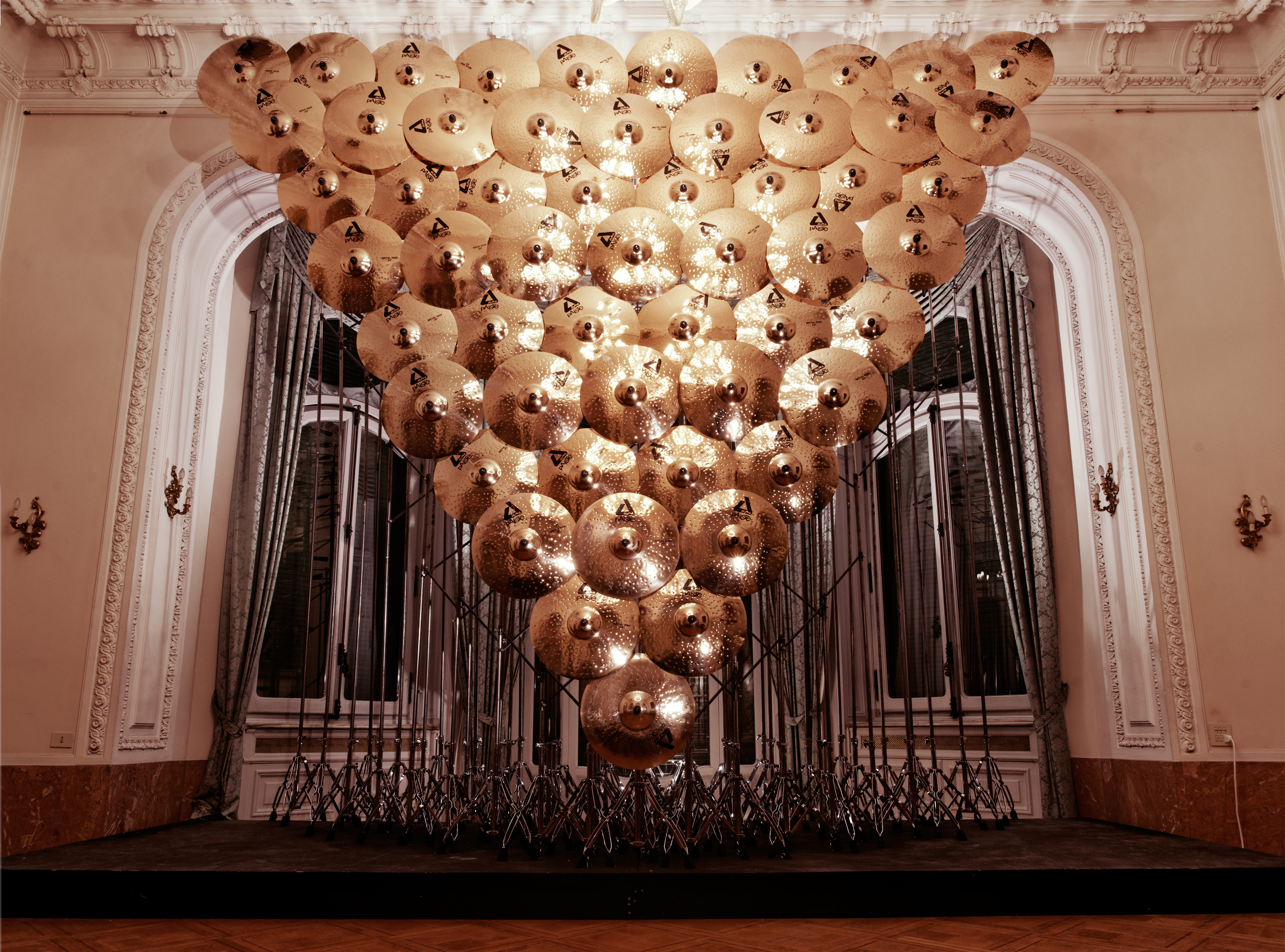Five Sound Questions to Jeff Mills
 Monday, January 26, 2015 at 10:32 tagged
Monday, January 26, 2015 at 10:32 tagged  dance,
dance,  fivesoundquestions,
fivesoundquestions,  interview,
interview,  listening,
listening,  soundart
soundart
Jeff Mills is largely regarded as an innovative techno DJ or producer. More recently, he’s been adopting his ideas, concepts, stories and esthetics from the outset. Since 2000, he’s been pushing further than his DJ fame. Started with creating a soundtrack for Fritz Lang’s “Metropolis”, his interest in the future and science-fiction grew, and over the years he has made various sf-inspired works. For example, a more recent work is “Man of Tomorrow”. Featuring Mills’ poetic sounds and Caux’s invasive cinematic imagery, it is a portrait of Mills portraying his immense perception of the future. Other examples include him imagining a series of strange avant-garde objects questioning our relationship with the world, space and time. 1. What sound from your childhood made the most impression on you? The sound of the ice cream truck that used to come through all Detroit neighborhoods. One sound of the iconic music the driver would play out of his loudspeaker would send any kid into a frenzy. The trick would be to run home, asked your parents for money, then catch up and stop the truck. It was almost like capturing a White Unicorn Horse. Every kid was conditioned to react immediately to the sound of the truck music. 2. How do you listen to the world around you? In various ways. Because I only speak English, I’ve leaned to read body, hand and eye movements very well, so I may not know exactly what is being said, but I can detect the sentiment. As a career DJ, it’s taught me to listen to multiple things at the same time. Consuming more reality than the average person. It’s made me much more attentive to everything around me. A drawback is that sometimes, my focused attention can be taken away too easily because I’m quite sensitive. 3. Which place in the world do you favor for its sound? New York City. The city never sleeps. It’s like an alarm clock they never shuts off. Crazy, but I love it. 4. How could we make sound improve our lives? I think we can improve our lives with sound by trying to achieve true silence first. Then by strategically applying sound would make us more appreciative for the sounds that are more relevant. Like a baby crying or laughing, people having a conversation, nature, the sounds of life in general. 5. What sound would you like to wake up to? The sound of the ocean. Thanks Jeff! See answers by other artists in the Five Sound Questions section.
 Jeff Mills, Tomorrow + X, 2013 (c) Axis Records / 10 unique white records produced by Jeff Mills, iron spots and hands.
Jeff Mills, Tomorrow + X, 2013 (c) Axis Records / 10 unique white records produced by Jeff Mills, iron spots and hands.
Beginning 2015, Mills exhibits his new work The Visitor, a “UFO inspired machine”, whose language system would be a complete reinterpretation and restructuration of the TR-909 drum machine. Something we might feature later here on Everyday Listening. For now, we’ve asked him to answer the Five Sound Questions, and we’re honored to have him on the site!


















